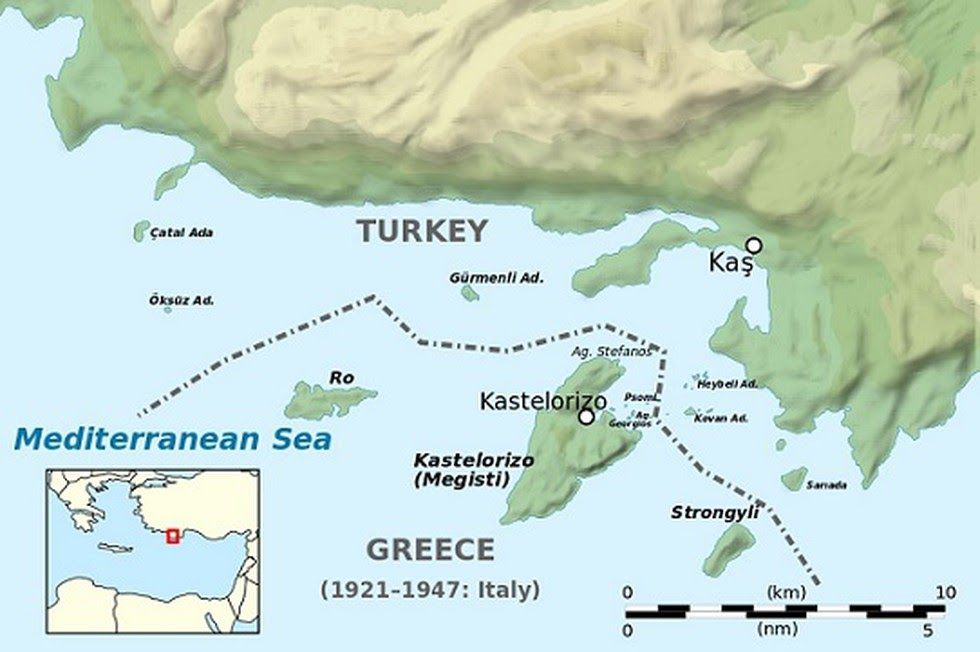Place in news: Kastellorizo
Part of: GS Prelims and GS-II – International Relations
In news
- Recently, Turkey’s redeployment of the Oruc Reis survey vessel for new energy exploration around Kastellorizo has reignited tensions over sea boundaries between Greek islands, Cyprus and Turkey’s southern coast.
- Turkish survey ship was deployed to begin prospecting for hydrocarbons in disputed waters around the Greek island of Kastellorizo.
- According to Germany, it would strike a serious blow to efforts at easing tensions and improving ties between the European Union and Turkey.
Important value additions
Kastellorizo or Castellorizo
- Officially known as Megisti.
- It is a Greek island.
- It is a municipality of the Dodecanese in the Eastern Mediterranean.


